#drought resistance
Link

“Until as recently as 1970, India was a land with more than 100,000 distinct varieties of rice. Across a diversity of landscapes, soils, and climates, native rice varieties, also called “landraces,” were cultivated by local farmers. And these varieties sprouted rice diversity in hue, aroma, texture, and taste.
But what sets some landraces in a class of their own—monumentally ahead of commercial rice varieties—is their nutrition profiles. This has been proved by the research of Debal Deb, a farmer and agrarian scientist whose studies have been published in numerous peer-reviewed journals and books.
In the mid-1960s, with backing from the U.S. government, India’s agricultural policy introduced fertilizers, pesticides, irrigation facilities, and high-yielding varieties of crops under the moniker of a “Green Revolution” to combat hunger. Instead, it began an epidemic of monocultures and ecological destruction.
In the early 1990s, after realizing that more than 90% of India’s native rice varieties had been replaced by a handful of high-yielding varieties through the Green Revolution, Deb began conserving indigenous varieties of rice. Today, on a modest 1.7-acre farm in Odisha, India, Deb cultivates and shares 1,485 of the 6,000 unique landraces estimated to remain in India.
Deb and collaborators have quantified the vitamin, protein, and mineral content in more than 500 of India’s landraces for the first time, in the lab he founded in 2014, Basudha Laboratory for Conservation. In one extraordinary discovery, the team documented 12 native varieties of rice that contain the fatty acids required for brain development in infants.
“These varieties provide the essential fatty acids and omega-3 fatty acids that are found in mother’s milk but lacking in any formula foods,” Deb says. “So instead of feeding formula foods to undernourished infants, these rice varieties can offer a far more nutritious option...”
Deb’s conservation efforts are not to preserve a record of the past, but to help India revive resilient food systems and crop varieties. His vision is to enable present and future agriculturists to better adapt to climate change...
Deb conserves scores of climate-resilient varieties of rice originally sourced from Indigenous farmers, including 16 drought-tolerant varieties, 20 flood-tolerant varieties, 18 salt-tolerant varieties, and three submergence-tolerant varieties. He shares his varieties freely with hundreds of small farmers for further cultivation, especially those farming in regions prone to these kinds of climate-related calamities. In 2022 alone, Deb has shared his saved seed varieties with more than 1,300 small farmers through direct and indirect seed distribution arrangements in several states of India.
One of these farmers is Shamika Mone. Mone received 24 traditional rice varieties from Deb on behalf of Kerala Organic Farmers Association, along with training on maintaining the purity of the seeds. Now these farmers have expanded their collection, working with other organic farming collectives in the state of Kerala to grow around 250 landraces at two farm sites. While they cultivate most of their varieties for small-scale use and conservation, they also cultivate a few traditional rice varieties for wider production, which yield an average of 1.2 tons per acre compared with the 1 ton per acre of hybrid varieties.
“But that’s only in terms of yield,” Mone says. “We mostly grow these for their nutritional benefits, like higher iron and zinc content, antioxidants, and other trace elements. Some varieties are good for lactating mothers, while some are good for diabetic patients. There are many health benefits.”
These native varieties have proven beneficial in the face of climate change too.
With poor rains in 2016, for example, the traditional folk rice variety Kuruva that Mone had planted turned out to be drought-tolerant and pest-resistant. And in 2018, due to the heavy rains and floods, she lost all crops but one: a folk rice variety called Raktashali that survived underwater for two days.
“They have proven to be lifesavers for us,” Mone says.” -via Yes! Magazine, 12/14/22
#india#rice#indigenous knowledge#farming#agriculture#climate change#climate resilience#sustainable agriculture#traditional knowledge#drought resistance#nutrition#good news#hope
203 notes
·
View notes
Text
Benefits of eating coarse grains
Coarse grains are good for health. They are a good source of fiber, protein, vitamins, and minerals. Coarse grains can help to lower blood pressure, cholesterol, and blood sugar levels. They can also help to promote weight loss and improve digestion.
Another benefit of growing the millets is that they are very sturdy crops requiring very less water and any kind of soil. These crops are disease…
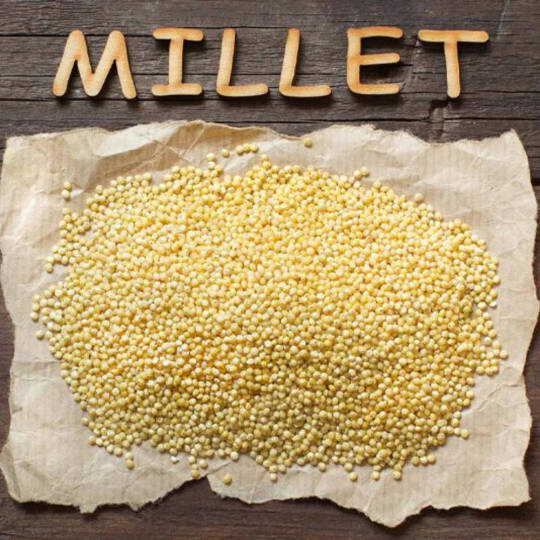
View On WordPress
#bajra#Drought resistance#Healthy grains#Improved digestion#jowar#Lower blood pressure#Lower blood sugar#Lower cholesterol#Millets#Minerals#Nutrients rich#Raagi#Shorgum#Vitamin
0 notes
Text
“i just fucked your bitch in some gucci flip flops”

#one piece#luffy#monkey d luffy#I just fucked your bitch in my Gucci flip flops#future#thought it was a drought#gear 5#badass#this is so fucking stupid I am sorry#but I couldn’t resist
17 notes
·
View notes
Note
I think something that no one talks about is how Poe leans more towards being an anti-hero than just plain hero. He's willing to do the "wrong" things for the right reasons, ex: willing the kill bad people to save the innocent, basically willing to do the dirty work that no one wants to talk or think about. and I think it should be talked about more. Your post was just *chefs kiss*, the way you understood Poe is so refreshing compared to what I see him reduced to in canon
Poe definitely is willing to make the tough calls, including being willing to kill bad people to save innocent people (or destroy a planet to save countless others), but I wouldn't necessarily sort him into the antihero trope myself, more the "good is not nice" trope.
Because for as much as Poe is willing to shoot the bad guys, or blow up a planet if it means saving the galaxy, he's usually the first person to lower his blaster or offer someone a second chance. The biggest source of conflict between himself and Zorii in Free Fall is the fact that Poe can't fit into this life of shades of grey, and that's a trait that does follow him to the Resistance. He can lie (badly) for them, he can steal ships, be labeled a criminal if it's done for the right reasons/for the Resistance but at the same time, he also......really can't wrap his head around and seems uncomfortable at times with Suralinda's way of manipulating or recontextualizing the truth for propaganda purposes (which i wish had...been better explored in the comics it's Fine, but like I wanna know more about Poe "can't lie" Dameron and Suralinda "i'm here to tell a good story" Javos. I WANT TO KNOW MORE LUCASFILM), even if Suralinda is doing those things for the Resistance, so they can gain more support.
There's also this quote of Rian Johnson's, that I really love, and that I feel like sums up Poe the best for me:
“Oscar is like a reincarnation of my favorite old movie stars; he has that old school magnetism paired with insane acting chops. Poe is a straight-up, good-guy hero, and although he gets put through the wringer in this film, because of Oscar you never lose faith that he’s going to come out the other end all the better for it.” [from this post]
I'm having trouble wording/it's kind of hard for me to explain, but like. I view Poe as someone who is, like Rian describes him, as a good-guy hero, who usually cannot quite stop the instinct to do the heroic thing, and how that can make him quite reckless (I do believe Oscar actually described Poe during the TFA Press Tour as "recklessly heroic" sir I'm sorry i ever doubted you about Poe being reckless, I thoroughly learned my lesson #13 Poe issues and a knife to Poe's hand later) - but I think also that doesn't mean that Poe needs to look like the hero, and I think TLJ proves that? He does what he believes is the best for the Resistance, and seizes control of the Raddus. It's a last resort, of course, and I don't think he necessarily cares about what people might think of him for it* - he's a commander, he makes the hard calls all the time, and regardless of his own desire to be a hero, I don't think Poe necessarily wants to be praised as one. He's just gonna do the right, most heroic thing at any given moment, and doesn't care what people say. I mean...we kind of get the impression he's used to being seen a certain way, y'know? Poe doesn't seem surprised in the least when Holdo berates him, he just has this look of "oh this banthashit again I thought I'd heard the last of it", y'know?
*y'know except for leia. because he definitely makes a face when she says that thing about holdo in the transport. anyway moving on because this got completely. the train jumped the track here. adhd moment.
As much as he is willing to do some hard things for the Resistance, I feel like Poe would. not last a day in the Rebellion - the Rebellion is just gray. You have to be, fighting something like the Empire, they're quick and dirty and. manipulative and liars and assassins, and Poe...wouldn't have the heart for that, I think. So I do believe there would be a line, in what Poe would even be willing to do for the Resistance.
That said, I do wish canon/fanon would be more willing to explore....any of his. nuance. that everyone seems very allergic to acknowledging, and I'd especially be interested in seeing more of Poe's - I'm a dw nerd sorry I'm just gonna call it this every time - "oncoming storm" side because it's so much fun. There's some other facets of his character I'd love to see explored in more detail, but that one especially. It would honestly be a dream, I think, if Alex Segura got to write for him again, but perhaps this time in the Resistance era, because I think that man would have a blast!!!!!!!!!!!!!!! with writing a good spy adventure.
#ask box#userorb#my meta#(again. oops?)#poe dameron#i haven't seen anyone categorize him more as an anti-hero before tho! but tbh i also.#don't see many people categorizing him as good is not nice either#because that would imply. yknow. acknowledging that poe has depth#and nuance.#and that he exists as a character outside of being attractive or a part of [is sniped]#anyway.#unfortunately getting any exploration on him would. involve.....actual content for him and we're in the middle of a fcking drought right no#i would also Love if someone explored how sensitive he can be t hough#and i don't just mean in a fjaofjaosfj oscar 'he has a sensitive side' isaac way lmfaoooo but wouldn't that be something#poe definitely has rsd i think because he takes rejection/slights SO hard#i kind of want to make a compilation of it JUST from the movies/resistance alone#unfortunately there's So much there (plus in through the turbulance) that i.........do not have the spoons to do so
13 notes
·
View notes
Text

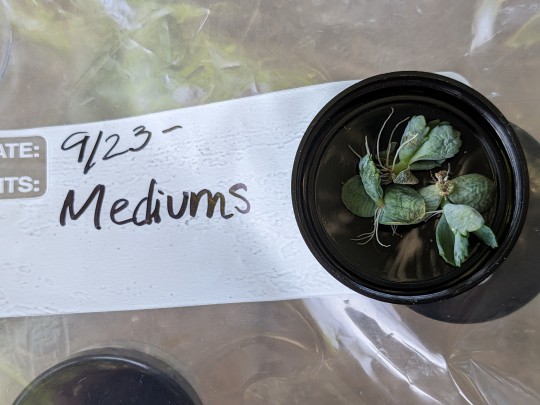



Mother of Thousands Starter Sprouts on Sale Now!
#rottackk#my pics#my shop#etsyseller#etsyshop#etsy sale#etsy finds#etsyfinds#etsy#succulent#succulents#cactus#cacti#devils backbone#Kalanchoe daigremontiana#desert plants#drought tolerant#drought resistant#etsy shop#etsy store#etsy seller#etsy small business#shop sale#plants for sale#sale
11 notes
·
View notes
Text
Accidentally turned the Aloe Vera plant I saved from my college into a Super Aloe Vera
#page 157#it’s massive#and I forgot to water it for a solid two or so months#which is my own fault because I left it in a place I never ever go#and then remembered and was like. oh god it’s dead isn’t it#no. not even SLIGHTLY#I’ve created the most drought resistant aloe known to man
10 notes
·
View notes
Text
Hi tumbley tumblrs
On a walk and this person just has the absolute most beautiful front garden I have ever seen
This THIS IS MY GOALS
Not my plants I wish they were may ask them if I fan propagate a few
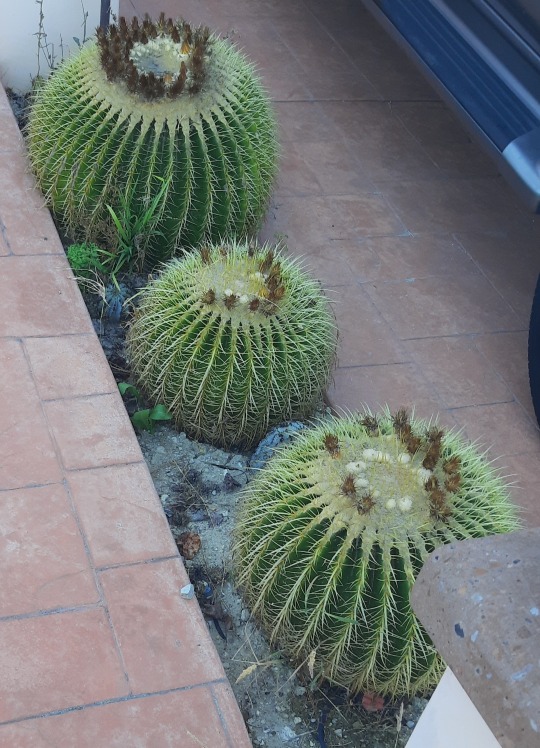
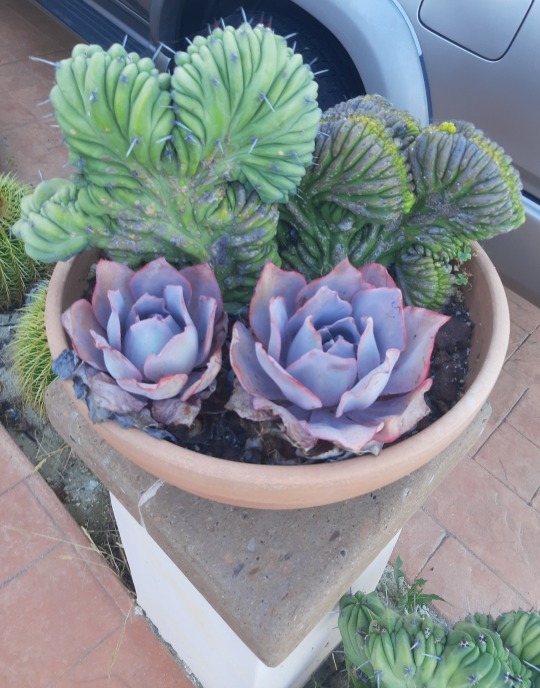
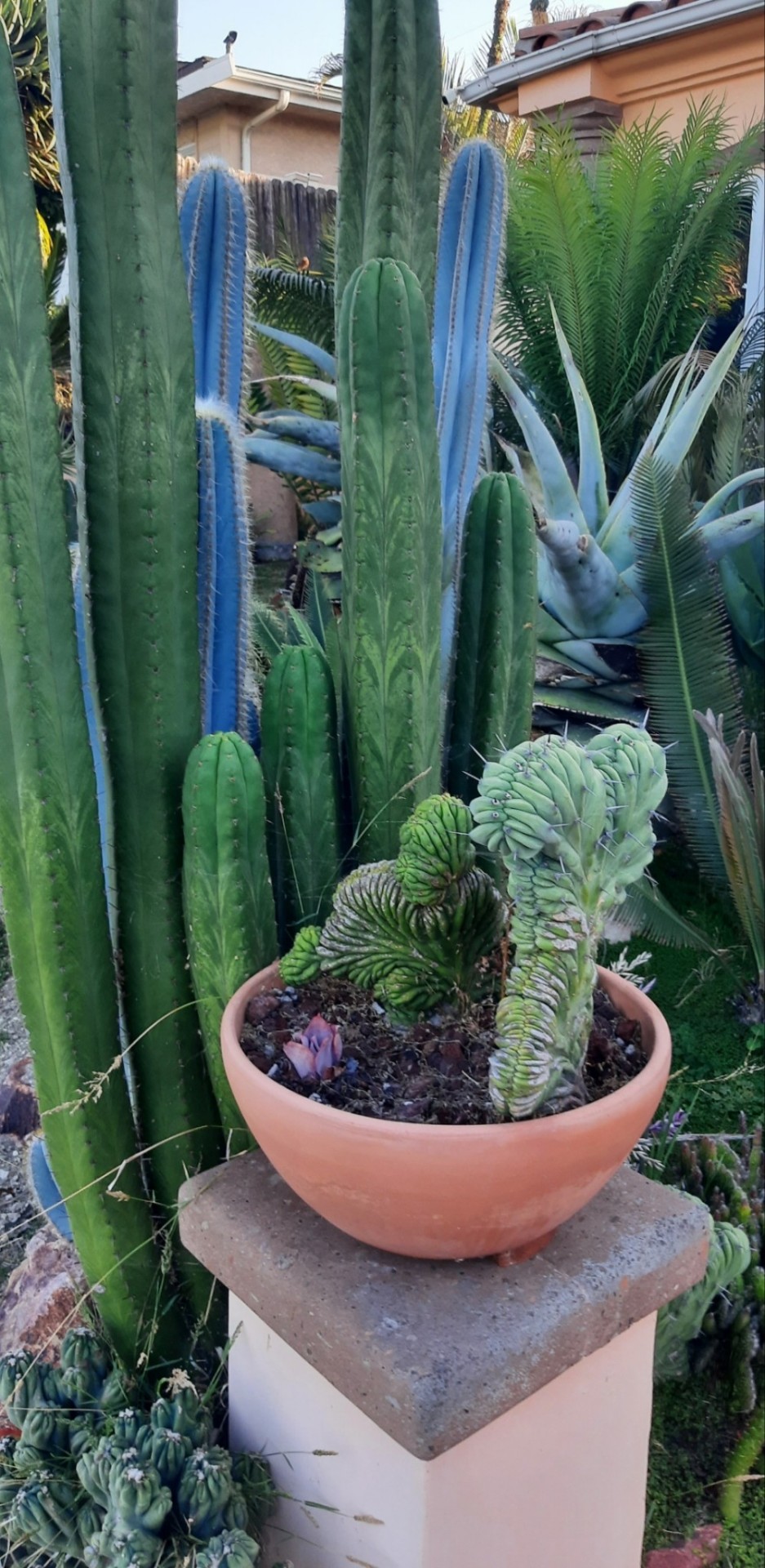

It's is simply magnificent and I am in awe everytime I pass by
#cactus#cacti#succulents#gardening#garden#plants#green living#green life#i love plants#i love cacti#water friendly yard#drought resistant
7 notes
·
View notes
Link
Rain comes to Hopeland.
#vashwood#trigun#trigun stampede#trigun maximum#my fic#wolfwood never did get to see the drought end and that makes me sad#also i couldn't resist ye olde kissing in the rain
10 notes
·
View notes
Text
Just ordered a full spectrum grow light so I can get seedlings started for ground cover!
#fuckithomesteading#seedlings#grow lights#gonna grow some rock cress and creeping thyme and sedum#gonna be so pretty#and not gonna be grass#drought resistant plants that don't need mowing#yes please#will also attract pollinators
13 notes
·
View notes
Text
A new drought-tolerant variety of durum wheat has been created as part of an international breeding programme to boost climate resilience in the food system by increasing crop diversity.
Durum wheat is used to make pasta, pizza crusts, and flatbreads such as pitta and chapatis, as well as for couscous, bulgur and pastry for desserts such as baklava.
The new wheat Jabal, which means “mountain” in Arabic, was developed by farmers and crop scientists by crossing a commercial durum wheat with a wild relative from an arid region of Syria, to create a new durum variety which can withstand drought.
It’s part of the Crop Trust’s wild relatives project, which is using genetically diverse crop varieties to help develop more resilient and adaptive varieties of wheat, barley, rice, and potato that can withstand erratic and extreme weather conditions caused by the climate breakdown.
While it is not yet commercially available, farmers in Morocco will be the first to start growing the new version of durum wheat, which is widely eaten in north Africa and the Middle East, in about three years. Morocco is suffering its worst drought in four decades, and grain production is down by about 70% due to the extremely dry conditions.
Breeders and farmers in drought-affected areas planted numerous new durum wheat varieties between 2017 and 2021. Jabal stood out as it was able to flourish and produce grains while all commercial varieties of durum failed. Its distinctive black spikes also produced high yields of plump grains that made tasty bread, scientists said.
11 notes
·
View notes
Text
I peek into my garden
2 notes
·
View notes
Link

Pictured: Visitors, shown as black silhouettes, take in the free water show at the Bellagio resort on the Las Vegas Strip.
Fountains still shimmer opulently at casinos on the Las Vegas Strip, but lush carpets of grass are gradually disappearing along the streets of Sin City.
Despite its reputation for excess, the Mojave Desert metropolis has been factoring climate change into its water plans for years, declaring war on thirsty lawns, patrolling the streets for water wasters and preparing for worst-case scenarios on the Colorado River, which supplies 90% of the area’s water.
Las Vegas has emerged as a leader in water conservation, and some of its initiatives have spread to other cities and states that rely on the shrinking river. Its drive to get rid of grass in particular could reshape the look of landscapes in public and private spaces throughout the Southwest.
So how did Las Vegas become a water-saving model to emulate? It began with an initial phase of the Colorado River crisis two decades ago.
Lake Mead had been nearly full and lapping at the spillway gates of Hoover Dam in early 2000. Then extreme drought and heavy water use sent the reservoir into a rapid decline.
In 2002, as the reservoir level dropped, the Southern Nevada Water Authority used more than its allocation of Colorado River water. At that point, the agency’s leaders decided to pivot quickly toward conservation.
They focused on promoting cash rebates to help customers rip out lawns and put in landscaping with desert plants.
In 2003, the Las Vegas area’s consumption of Colorado River water shrank more than 16%. Those conservation gains continued as the area’s water suppliers strengthened their rules, targeting grass.
In 2004, frontyard lawns were prohibited for new subdivisions. Golf courses were given water budgets. The water authority adopted seasonal watering restrictions.
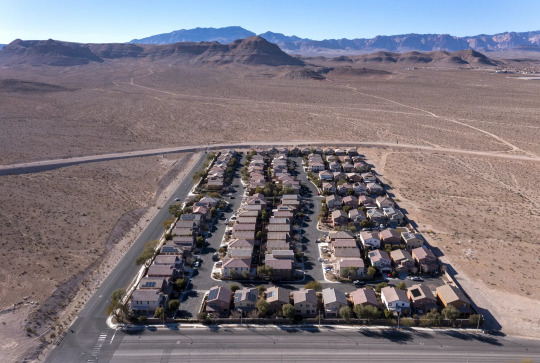
Pictured: The suburban community of Mountain’s Edge, which has rock- and shrub-based yards instead of lawns, cuts a square through the barren-looking desert. In 2004, frontyard lawns were prohibited for new subdivisions in the Las Vegas area.
Since 2002, southern Nevada’s use of Colorado River water has decreased about 26%, even as the area’s population has rapidly grown. Per capita water use has dropped 48%.
And Las Vegas is continuing to tighten its restrictions on grass.
The state Legislature in 2021 passed a law that bans watering all decorative “nonfunctional” grass along streets, on medians, at homeowners associations, apartment complexes, businesses and other properties starting in 2027.
“For Las Vegas to be sustainable, it’s imperative,” said Colby Pellegrino, the water authority’s deputy general manager of resources. “That’s the first time we’ve actually said existing turf should no longer be watered.”
Since 2002, homeowners and others in the Las Vegas area have already removed about 205 million square feet of lawn, or more than 4,700 acres. The drip-irrigated plants and trees that replaced the grass require less than one-fourth the amount of water, saving an estimated 11.4 billion gallons per year.
In the next four years, much more grass is about to be ripped out. And newly built homes can no longer have any lawns at all, including in the backyard.
Grass will still be permitted for new parks, schools and cemeteries.
Las Vegas’ eradication of grass offers a view of the sorts of changes that other cities have been starting to adopt and may soon be forced to pursue on a larger scale as the river continues to decline...
Las Vegas is one of many cities along the Colorado River that have made major progress in reducing water use over the last two decades. In a recent study, researcher Brian Richter surveyed 28 urban water utilities and found that total water use in the cities dropped by 18% between 2000 and 2020, even as their combined population grew by 24%...
“Las Vegas has become a water conservation rock star in recent decades,” Richter said. “Their leadership in reducing outdoor water use is of particular importance.”
He said the area’s “cash for grass” program has become a model for cities across the West.
“The fact that they’ve now adopted a goal of further reducing their water use by another 23% by 2035 is truly admirable,” Richter said.”
-via Los Angeles Times, 1/29/23
#las vegas#nevada#colorado river#drought#megadrought#desert#water conservation#artificial turf#landscaping#drought-resistant#united states#good news#hope#desert plants
95 notes
·
View notes
Text

The pomegranate tree I didn’t know I had is blooming!
When I bought the place I knew there was one by the house, I did not know the “ornamental hedges” in boxes at the front were too! I’m so excited!



#pomegranate trees#my house#I’m so damn excited!#thank fuck they are hardy and drought resistant cause I ain’t great at gardening#woo!
1 note
·
View note
Photo

Pathway Landscape in Phoenix
#Springtime inspiration for a sizable contemporary courtyard garden path resistant to drought. hardscape#contemporary landscape#greeypickett#low maintenance plants#desert landscape#scottsdale#saguaro
2 notes
·
View notes
Photo
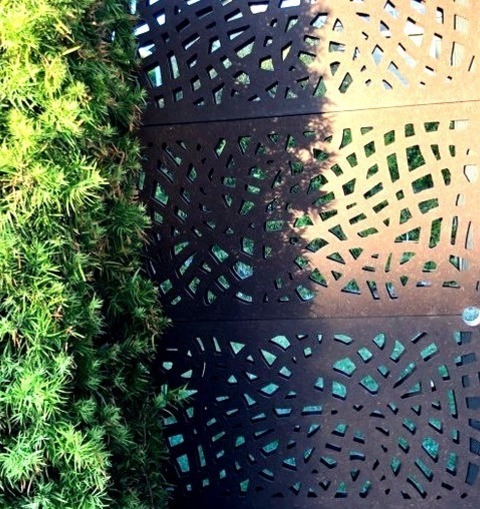
Gravel - Modern Landscape
#Ideas for a medium-sized#drought-resistant#partially-shaded front yard gravel gate. zen garden#fencing & gates#outdeco#landscape#gravel
2 notes
·
View notes
Photo

Pathway Landscape
#An expansive backyard garden path in the Mediterranean style like this one. low water#grasses#drought tolerant#drought resistent#landscape#informal patio
2 notes
·
View notes